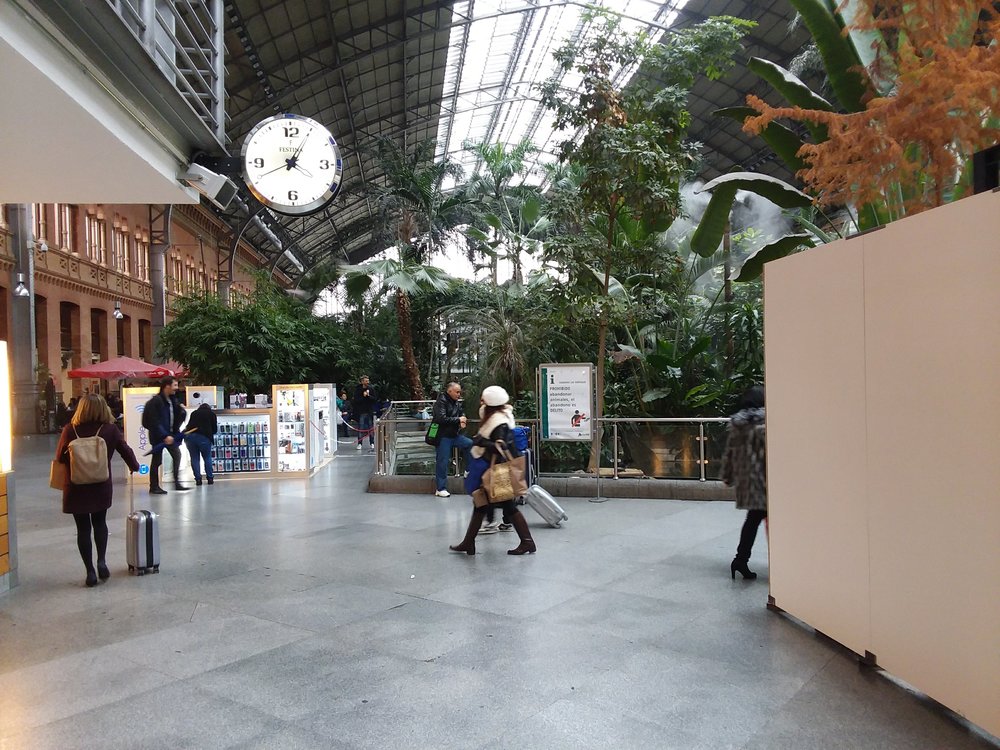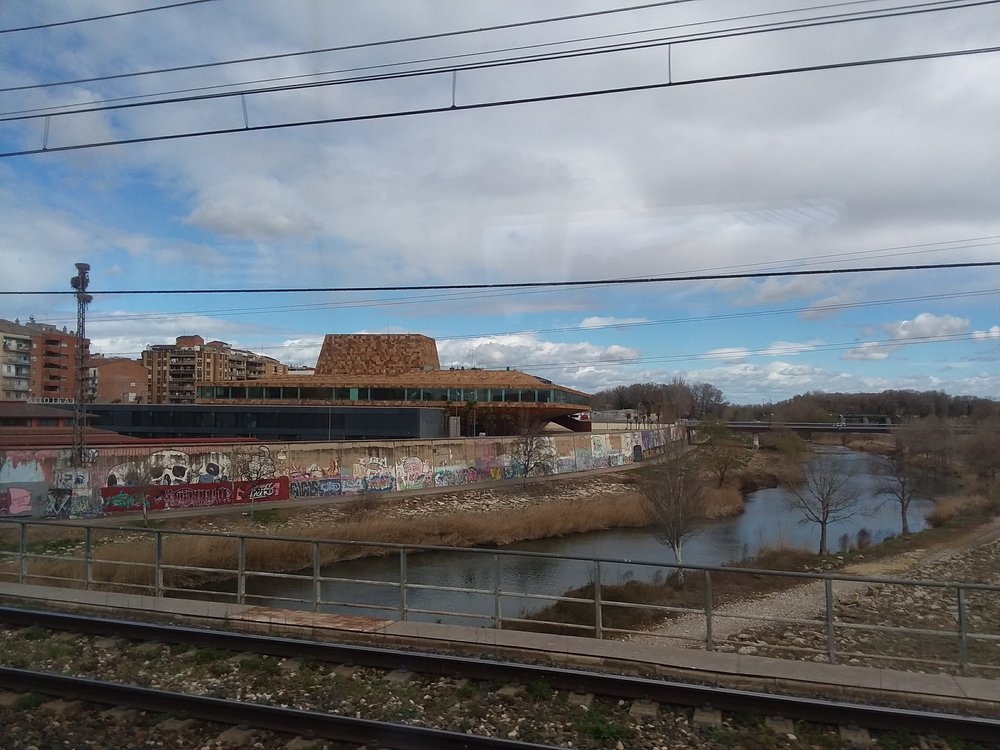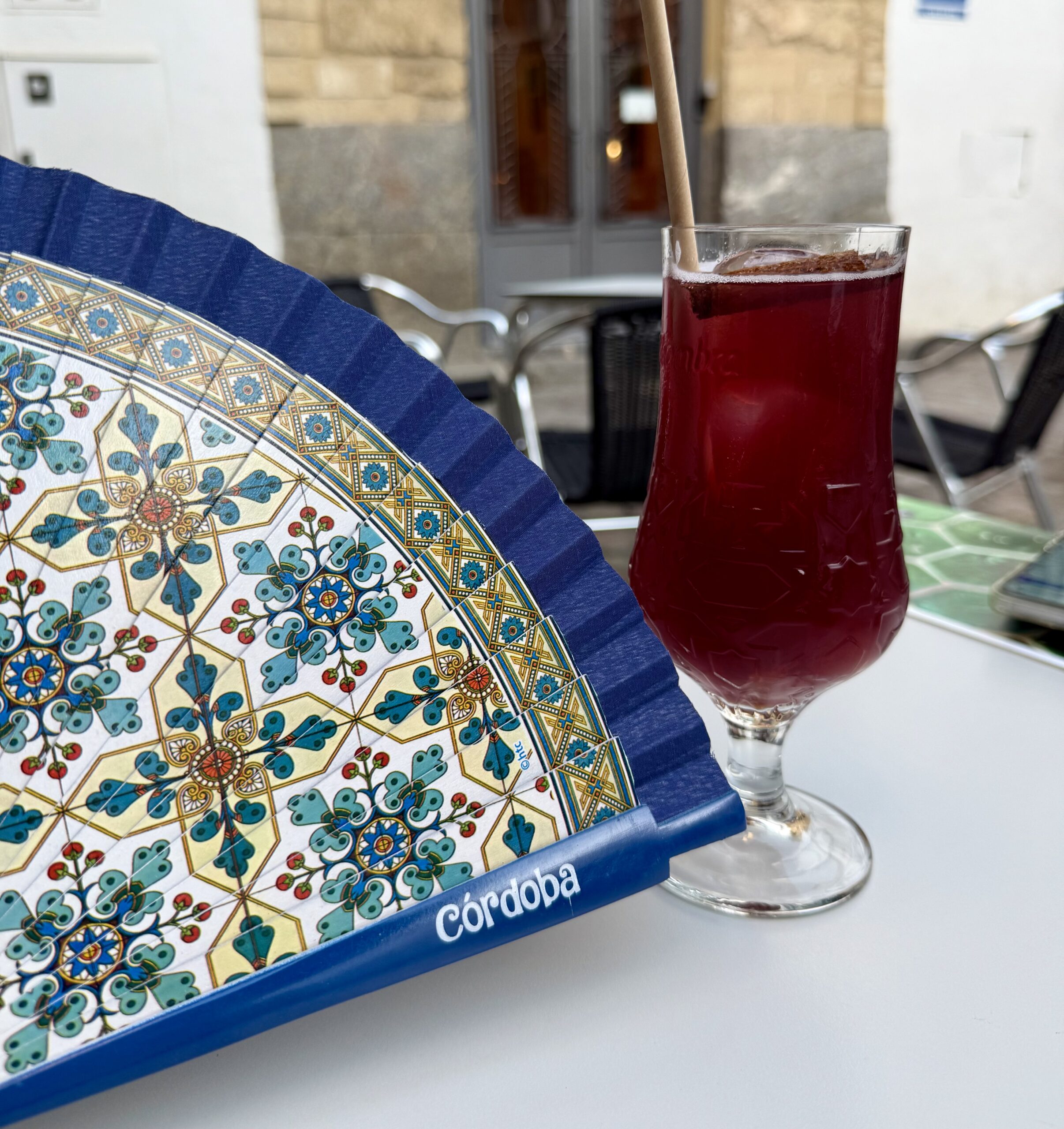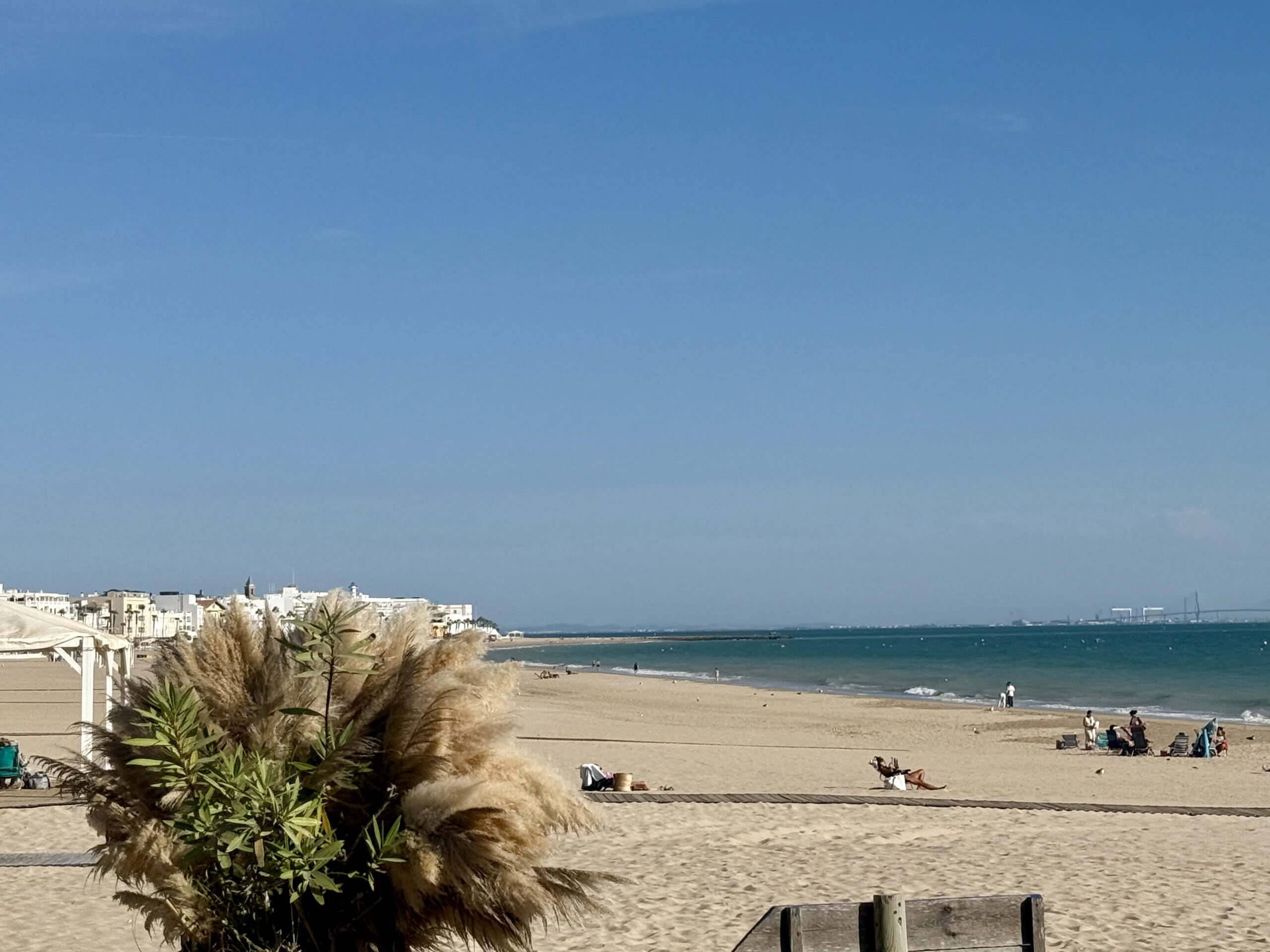
Moving on and Moving in
March 16, 2018
The 12:00 to Madrid

I’d first read about Spain’s conversion to high-speed rail in Tom Zoellner’s Train. Having neglected its rail system for decades, the revaluation of Spain’s currency upon entering the European Union in 1986, according to Zoellner, made the country flush with cash. Spain’s prime minister wanted to spend it on “a Japanese-style bullet train.” The first line opened in 1992 between Madrid and Seville, which quite coincidentally I’m sure, just happened to be the prime minister’s hometown. The line between Madrid and Barcelona opened only after overcoming fierce opposition that construction would endanger the delicate genius of Sagrada Familia. Unfortunately, it didn’t.

The countryside…
But the AVE, or Alta Velocidad Espanola, as Spain’s national railway RENFRE calls its high-speed service, is a class act, as I was to learn upon boarding my first class coach on Monday. The deep blue decor is soothing to the eye, and the coach featured reclining high-back leather seats that with the more than adequate legroom, allows one to sprawl, if one is so inclined.
The rocky, arid plain that whizzed by my window at just under 180 mph, with its mesas and barren outcroppings, made me feel I was in the American southwest. I was quickly disabused of that notion, when after pulling out of Zaragoza, I was surprised to discover the AVE touch included a full hot meal service in first class, complete with china, stainless steel cutlery and wine. You’re not going to find that on Amtrak’s California Zephyr lumbering through New Mexico and Arizona at 60 mph. Arrf.

Classy meal
There’s more fundamental reasons while we’ll probably never see a true bullet train in the U.S., and it has to do with money and ideology. According to Zoellner, the speed of the train requires much larger tunnels than conventional trains. At 200 mph, the wind in a tunnel can whip itself up to hurricane force and cause derailments. Same for the aggregate stone in the base of conventional tracks, which would fly up and damage the undercarriages of bullet trains. So, you either build brand new dedicated routes, which add to the cost of construction, or you slow down the train to conventional speeds to run on existing tracks, which defeats the purpose of high-speed rail.
The proposed high-speed line in California is a good case in point. It began in 2009 at a projected cost if $42 billion. It’s up to $98 billion and still climbing, because construction engineering and land acquisition issue along the route have yet to be resolved. Then there’s the cry of “socialism” for too much government and too much public versus private transportation. The automobile is still the sine que non of individual liberty in this country. If you wish to ride high speed trains, you’ll have to travel to Europe, Japan, China or any other progressive country that realizes high-speed trains are not just a quality of life issue, but an ecomonic engine of growth as well, whether it can pay for itself or not.
Enough soap box.
Arriving satiated and spoiled rotten in Madrid, I set off for my lodgings, where once again, GPS and Madrid’s street signage did not add up. A most helpful, non-English speaking Spaniard set me on the right path, carefully pointing out with arm and facial gestures that Calle Incomprensible would eventually become the Calle Valencia I was looking for. It did, and after the financial business was concluded, I was shown to my spacious two-bedroom apartment atop a bar and restaurant, complete with living room, full kitchen and bath, and all for the princely sum of 50 euros per night. Needless to say, with a grocery store just down the block, I was home, and will be dining in for the rest of the week.
Plus getting my first laundry done, too, as the apartment has a washer, clothesline and clothespins!



Be the first to comment